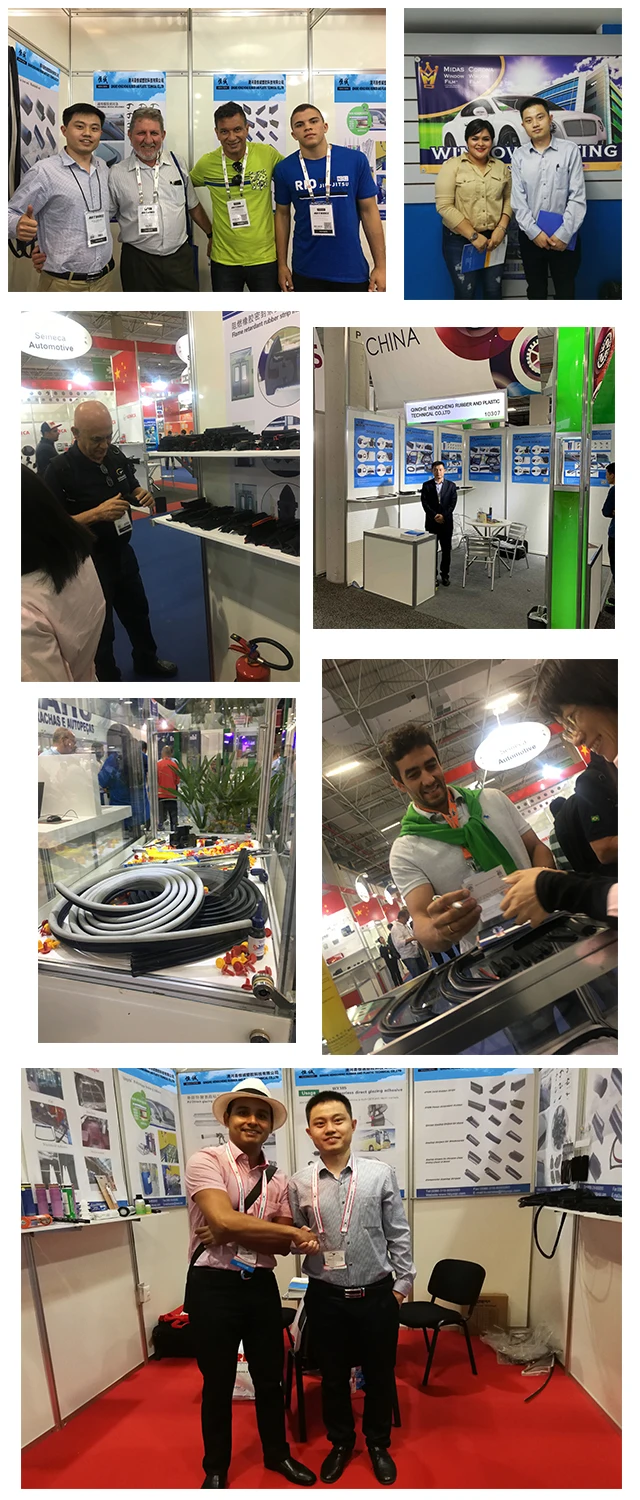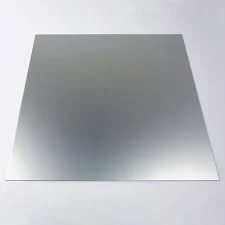...
2025-08-14 01:30
537
Thirdly, the supplier's pricing and delivery terms should also be taken into consideration
...
2025-08-14 01:10
207
...
2025-08-14 01:10
708
...
2025-08-14 00:59
440
...
2025-08-14 00:23
519
...
2025-08-14 00:11
989






